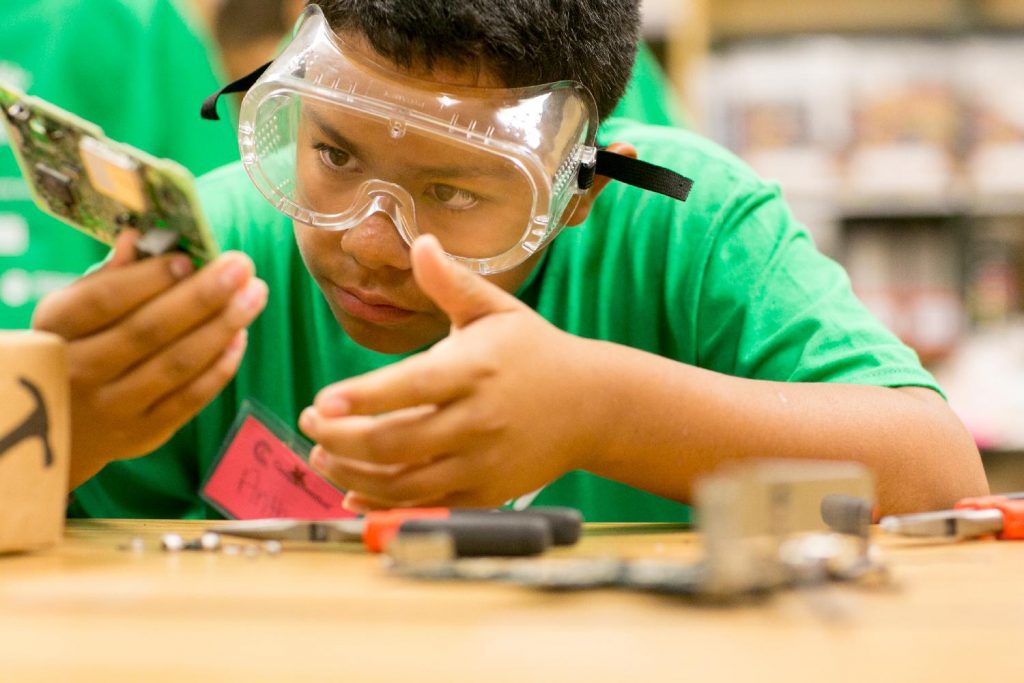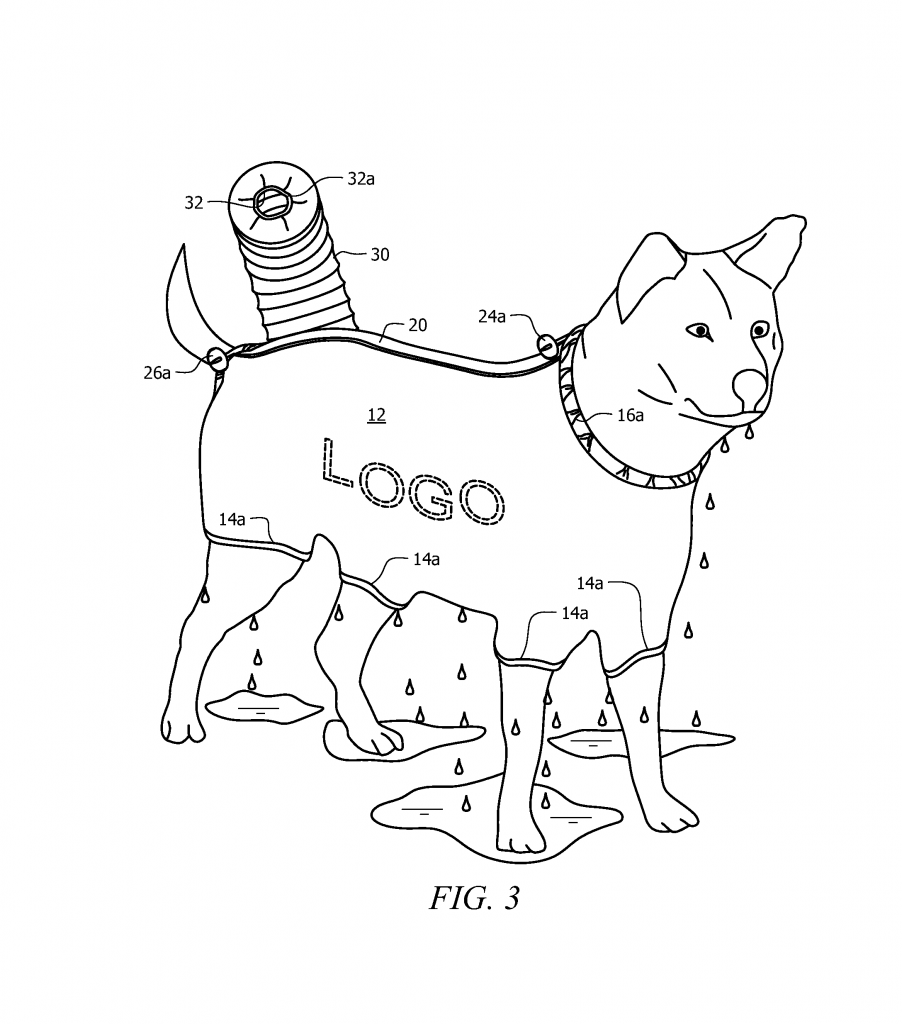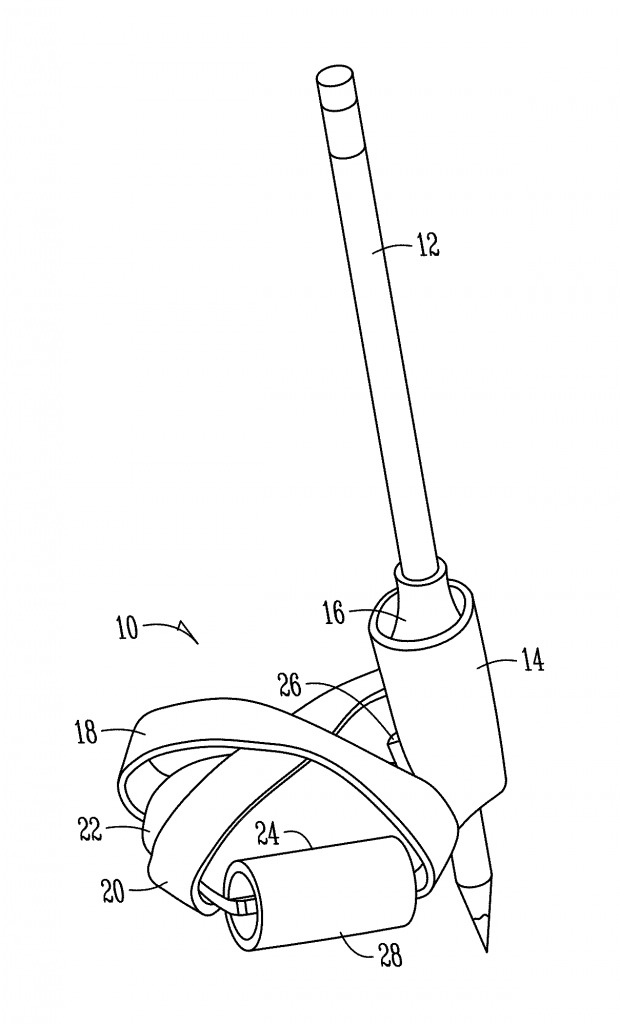Are You A Young Inventor? File A Patent
Tips and advice on how young inventors can protect their intellectual property.

The children really are our future—some of the most innovative ideas and inventions can come from our youth. The creative caliber of young inventors’ scientific ideas was reflected at the May 2017 Intel International Science and Engineering Fair. The world’s largest science competition, it features the projects of nearly 1,800 pre-college students. Students from grades 9 to 12 showcased experiments, applications, and designs from a solar power heater, to a remote control aircraft, to a space debris tracker. And some of these young inventors are thinking ahead on how to apply (and protect) their projects.
“As I move forward into college, I’m really looking into how I can protect the intellectual property on this,” Amber Yang, who won an Intel Foundation Young Scientist Award for her artificial neural network space debris tracker, told Science Friday in a recent interview. “I think, definitely, I will either try to get my work published in a journal or actually pursue a patent so I can begin licensing my work out to companies who might be interested.”
Hundreds of thousands of patent applications are submitted to the United States Patent and Trademark Office per year—over 600,000 were reported in 2015. Professional researchers and scientists vie to send in their concepts in order to protect the invention and give the creator property ownership. However, scientists of any age, like 18-year-old Amber, can apply for a patent.
“There’s not an age restriction or requirement to file a patent,” said Joyce Ward, the USPTO’s director of education and outreach, to SciFri. “The important thing is that you are actually the inventor.”
Amber is not an unusual case—the USPTO has received patents by inventors of all ages: A nine-year-old patented a device to dry pets called Puff-N-Fluff; A team of high school students filed a patent application for their ice search and rescue vehicle; A group of 11- and 12-year-old Girl Scouts were granted a utility patent for a prosthetic hand device that would enable a toddler born without fingers to hold a pencil and write. When approved, an invention could be protected for up to 20 years.
Here are some tips, advice, and facts Ward shared with SciFri on how to apply for a patent and how to protect your intellectual property—at any age.
Tip 1: When a project is presented publicly in detail, you have one year to file a patent application.
After a scientist explains his or her new design or invention at a public event, such as a science fair, “time starts ticking,” explained Ward.
“You actually have one year from the date that you publicly disclose this information to file an application for a patent.”
If Amber, for example, had described her artificial neural network system at the Intel International Science and Engineering Fair in enough detail that a fellow scientist with knowledge in her field could replicate it, she would have one year to file a patent, explained Ward. However, the amount and detail of the information matters. If Amber merely provided an abstract or general information on her project, then it may not be a public disclosure.
“If a person literally takes a project that a student has developed and attempts to claim it as their own, then certainly that student would want to try to take steps to stop them, or to say to the US Patent and Trademark Office ‘Hey, wait a minute. That’s not novel. That’s not new. That’s something that I came up with,’” said Ward.

Tip 2: Know exactly what is unique about what you’ve created.
Before applying for a patent, the first thing an inventor should do is determine what exactly the invention is, said Ward. There are three types of patents that you can apply for: a utility, design, and plant patent.
Applications submitted for design patents include the visual aspects of an invention, while plant patents are granted to people who create or discover an asexually reproduced new variety of plant. Utility patents—also known as “patents for invention”—are given to those who discover a new or improved process, manufacture, machine, or composition of matter. The vast majority of patent applications filed to the USPTO are for utility patents, making up approximately 90 percent of the patent documents issued in the recent years, according to a 2016 report.
Tip 3: Consider researching and reviewing previously accepted patent applications.
“One thing that I would suggest is that students consider looking at previous patents that have been issued or have been filed for technology similar to what they’re doing or that’s in the field,” said Ward.
When the USPTO receives a new application, a patent examiner will conduct a comprehensive search on the research, inventions, and prior art within the related field. It’s the office’s responsibility to ensure that someone isn’t taking ownership of an invention that already exists or has been granted a patent, Ward explained when reached by phone. If the new invention is truly novel and the application meets all the requirements, then the inventor is awarded the patent which is then published.
Utility and plant patents will usually be protected for 20 years after the inventor first applies, while a design patent lasts for 15 years after the patent is granted.

Tip 4: Make sure your invention is described enough to be created.
Not only do you have to convince the patent examiner that the invention is new, original, and useful, but you need to show you have considered the variables for production.
“The idea has to be beyond a concept,” Ward said. “You actually have to show some embodiment, that it’s actually possible to make or to reproduce this.”
While you don’t need to create the invention before applying for a patent, you should provide enough information that demonstrates that it could be produced.

Tip 5: It’s highly recommended that inventors consider getting a patent attorney.
“I’ve had some experience with this,” Ira added during the interview, who recommended that Amber “get a lawyer, a patent attorney.”
A registered patent attorney or agent can often help cut time (and money) away from the patenting process. These experts perform patentability searches, which can be a daunting process for those who are inexperienced. Patent attorneys are also hired to defend inventors and their patents in legal cases.
“If you have any questions, they know what to do because the actual fee of filing the patent is going to be minuscule compared to the lawyering that’s going to go on to protect your patents,” said Ira.
Ward agreed. There are resources available to students and young inventors that can help them prepare and have more information before they turn to an attorney, Ward said. It may be costly to hire a patent attorney, however the USPTO offers legal assistance programs that can assist those inventors.
“For some students, in particular, it may be cost prohibitive to go out and hire a patent attorney, or a patent agent,” she said. “We work in cooperation with pro-bono programs around the country that have the ability to help with that for people who may be under-resourced, who are seeking patent protection.”
Additionally, the USPTO collaborates with a number of law schools across the country that will take on clients to help them obtain patents. The office also offers special rates for independent inventors, giving an opportunity for young scientists of all ages to patent their project.
“The other thing I definitely think that especially students and teachers should be aware of is that the USPTO does have rates that are designed for small entities or micro entities or for independent inventors,” said Ward.
Students should be aware of the options they have to protect their intellectual property, Ward said when reached by phone. These tips could help mitigate the stress of the patent application and approval—a process that isn’t short. As of April 2017 measurements, it takes the USPTO an average of about two years after a patent application is submitted to issue a final decision. After checking off all the marks and a patent is approved, the invention could be protected for up to 20 years. So get inventing!
Editor’s Note: This article was updated on June 12, 2017 to reflect corrections presented by the U.S. Patent and Trademark Office. We thank the USPTO for bringing them to our attention.
Lauren J. Young was Science Friday’s digital producer. When she’s not shelving books as a library assistant, she’s adding to her impressive Pez dispenser collection.